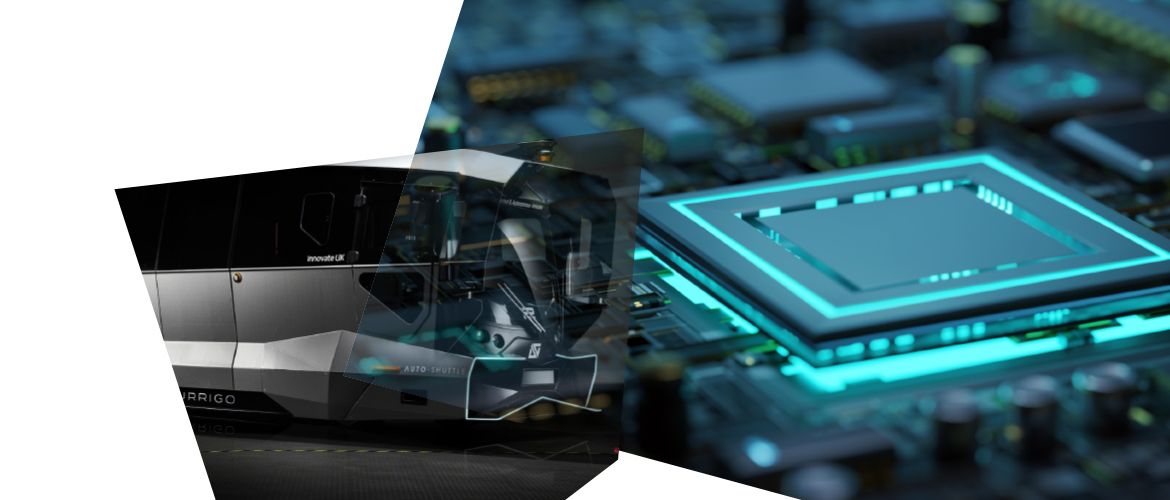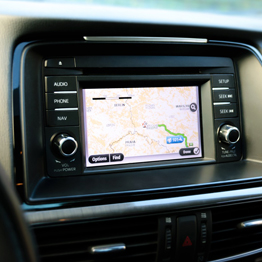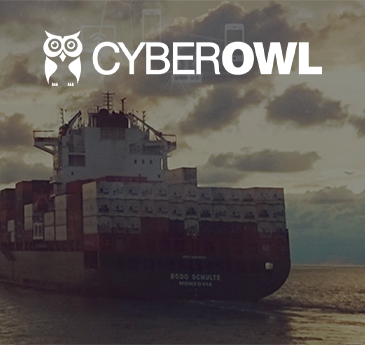The Challenge
Most modern vehicles have numerous digital components, such as mobile phone and navigation connectivity. However, this connectivity opens the possibility of exploitation, allowing vehicles to be remotely controlled and manipulated, even falling prey to ransomware attacks. Beyond this, the potential for disrupting in-cabin systems and features also raises concerns. Consequently, road safety is a significant issue, alongside public perceptions of AI systems and their reliability in safety-critical applications.
The Method
Professor Siraj Shaikh and colleagues Dr Giedre Sabaliauskaite and Dr Hoang Nga Nguyen from the Systems Security Group (SSG) of the Department of Computer Science, Swansea University, are collaborating with the City of Sunderland Council on the government backed Sunderland Advanced Mobility Shuttle project which will research, build, trial and evaluate the deployment of a highly automated, remotely supervised, zero-emission passenger mobility service in the City of Sunderland.
The project will address cybersecurity risk assessment, including development of new techniques in this regard, and ultimately helping self-driving technology towards commercial deployment. In addition, the automotive industry stands at the forefront of setting standards and conducting cutting-edge research and has implemented sophisticated techniques to assess and test vehicles, reflecting its dedication to ensuring safety and security, which are paramount given the nature of driving.
The Impact
Commercial self-driving passenger and freight services have the potential to revolutionize public transport and passenger travel, benefiting non-drivers, connecting rural communities, and reducing road collisions caused by human error. In addition, they can lead to faster and more efficient freight transportation, fostering economic growth and accessibility to goods in remote areas. The implementation of self-driving vehicles promises to significantly improve road safety by eliminating human errors, potentially saving lives, and reducing the burden on healthcare systems. However, addressing regulatory concerns, ensuring cybersecurity, and building public trust in autonomous technology remain essential challenges to overcome for the full realization of these benefits.


















